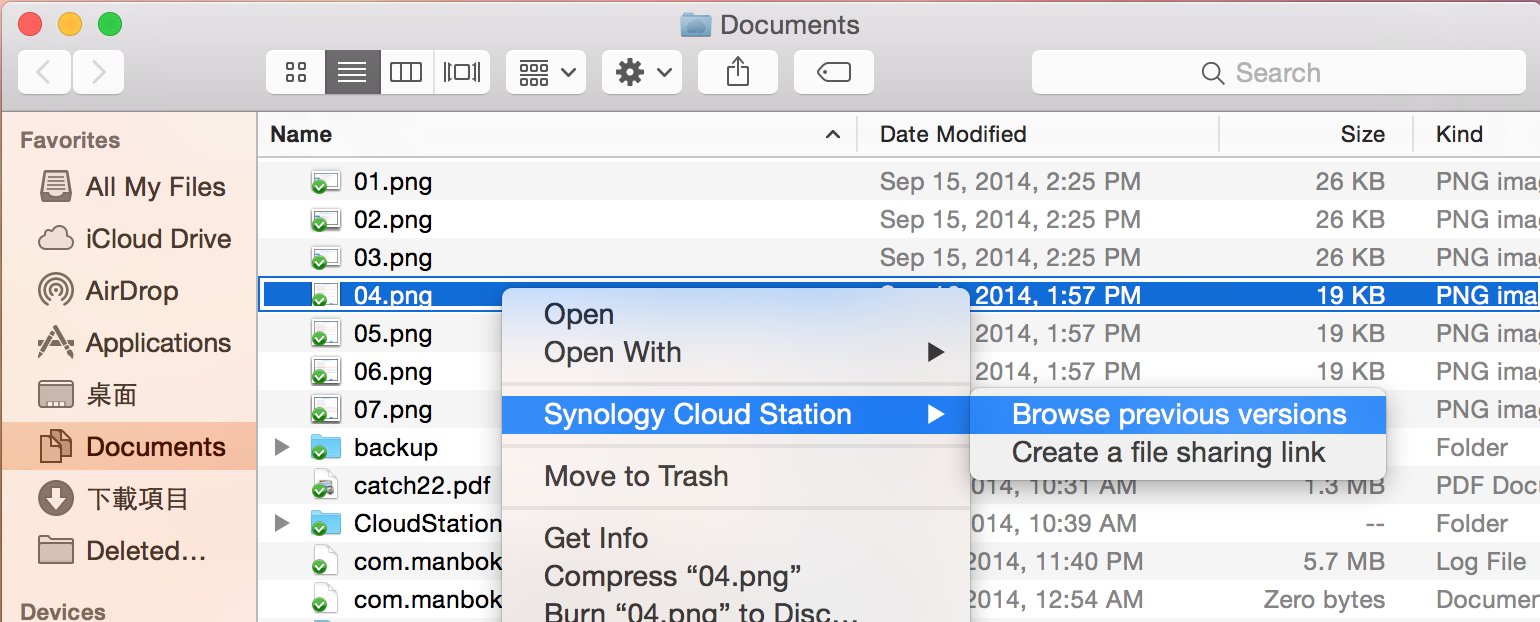Synology Cloud Station Windows 10

Apr 23, 2015 Synology Cloud Station Review. Synology has several NAS offerings for home, office, and even enterprise applications. Windows, Mac OS, and Linux. Has anyone tried upgrading to Windows 10 (specifically, from 8.1) - Does Cloud Station continue to work without any problems or issues during or after the upgrade? Jul 10, 2015 Hello. Since a few windows updates ago i cannot find my nas on the 'network' tab in file manager. Also i cant access it with either IP or hostname.
I am a big fan of NAS (Network Attached Storage). Those little devices can, of course, serve as file servers but they can also do just about anything you want from a server, at least at home or for small businesses. Today, I will show you how to configure your Synology to set up your own cloud to sync your files between the NAS and other computers like you would do using. This will allow you to keep your files in a safe place automatically but also to have a same version of your documents across multiple computers. In order to do this, we will install Synology's Cloud Station package.

First, connect to your Synology's web interface and go to the package center. Married to a wonderful wife and proud father of two little boys. ICT manager and consultant for 10y+. CEO & co-founder of, a belgian company I founded with a very good friend of mine.
Synology Cloud Station Server
We developed a product called ( say Snug-ger) to help people improve their comfort and reduce their energy consumption.' ' podcast member. I like: everything that has an IP address or a firmware to update, magic tricks, photography, music, poker, being with friends and more than anything else, my wife and our 2 sons.
For those of you using a NAS for storage and mapping your drives it is important to note that in the November update for Windows 10, Microsoft has somehow changed their supported SMB protocol to 3.1.1 preventing one from mapping their NAS drives. I am not sure if this strictly a Microsoft issue or an issue for the NAS companies to address in firmware. While I have yet to move over to Windows 10 for my Roon Core (or Server) and am still using Windows Server 2012 R2, I was playing around with a Windows 10 machine and after applying the November 'fix/update' my two NAS disappeared from network and the Synology utility while recognizing the NAS could not map the drive. The temporary fix I found, after driving myself crazy for days, resides on the. Firewall is disabled on my W10 machines. I don't join a domain, I use local accounts only. Fixed IP address with Google DNS servers.
The only package I have enabled on my synology is cloud station. A few iscsi luns. No WINS server defined on the synology.
Same workgroup name on the synology that all my windows machines are in. Encryption is set to auto and smb set to 3 on the synology everything else is the default values. I am using link aggregation on the Synology as I have a Windows Server also set up with link aggregation.
My NAS isn't showing up under my network places if that is what you mean? It did in the past, not sure when it disappeared I assume with the problem update you are talking about. I can put diskation in file explorer and all my shares show up fine, I guess that's why I never new there was a problem. And yes I always just type in my UNC path in my apps I never browse. I never use mapped drives, not much need with UNC paths unless of course you like moving your data around and want the consistency of a drive letter that doesn't change.

Extracampine: By the way, is a Priaptor a dinosaur who's eaten too much viagra? LOL, it is actually a handle from the very very very early days of AOL before any GUI interfaces. You are close. Bird of Prey + Priapism pretty much tells the story. Based on the info from other users on this site, one can indeed just define the path. I think most people who mapped their drives allowing 'reconnect on sign on' didn't notice compared to those of us who started from start trying to map the drive and 'browse' to the drive or 'browse' to the network and found neither worked whereas those who started with original Windows 10 before the November 'fix' had their pathways defined prior to the update preventing one from 'mapping' or disappearing from the network thereby not even noticing.
